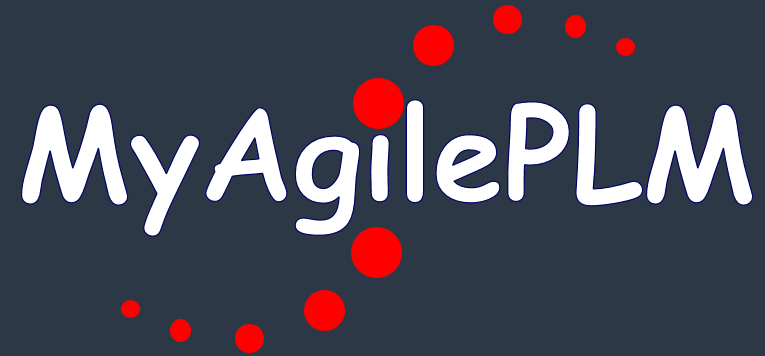what is difference between ECO and MCO ? Please explain with use case.
Hi All,
I would like to know in which cases we are using ECO and MCO while doing the redline of BOM contains MFR information.
MCO should be used for AVL redline while ECO should be used for BOM redline (no matter if it contains MFR information or not).
Technically it’s possible to redline AVL in ECO as well but it’s a matter of organizational policy.
I agree with Yuval. We use the MCO as more than just changing the AVL. We also use it to change the lifecycle status and other attributes including a saleable status for Marketing and Regulatory.
On the AVL we also have a status that drives incoming Inspection. That status is updated on an MCO.
We have an integration to ERP with several attributes in Agile. Those attributes are updated with an MCO.
We’ve expanded the MCO subclasses to cover these topics.
Is it possible change revision of items using MCO?
yes we can do redline to modify the AML information of items using ECO and MCO , Please explain with one use case when we use ECO and When we use MCO.
MCO allows lifecycle and attribute updates but revision change has to be through ECOs.
MCO use case: Let’s say there is a need to qualify or obsolete an AML against a part then we use MCO.
ECO use case: Let’s say If we need to update the BOM or change the subassembly lifecycle or attributes then we use ECO.
Hi,
I’ll try to provide the background of these two terms, rather to explain how these forms should be used in a specific use case, and as Yuval wrote, policy will differ from one company to another, depending on the industry and regulations.
ECO, MCO, ECR, ect. are simply names of forms. Oracle decided to enter some of these form names as default when implementing a new PLM system based on best practice, though these names are not mandatory.
The real difference between these forms are what actions can a user perform, and in accordance to Oracle PLM architecture, the forms are split to the following categories:
1. Change Orders (Revision change mandatory)
These forms are used when there is a need to identify items BEFORE the change and AFTER the change. The method to do so, is via the identification of different revisions. Based on most industries regulations, modifying the following item data requires at the minimum a revision change:
- Description
- Attached documents (Drawings, Specs…)
- Important attributes (e.g. Buy/Make)
- Bill of Materials
2. Change Requests
Do not modify a revision, only track the need for a change to occur.
3. Mfg. Orders
These forms are used to (1) modify the mfg. data associated with the item. (2) additional attributes/data which does is not revision controlled according to industry regulations or internal company policy (e.g. maybe page three attributes or lifecycle change).
Dual uses case:
In some case, a user will issue a new Change Order to modify… lets say the BOM of an item… while in the same time he/she also wish to modify for example Mfg. data. As we would like to simplify the process for the user, within Change Order forms exists also the capability to modify also the Mfg. data, and any other data which does not necessarily require a revision change.
In return, the user will not need to create and submit TWO forms, but only ONE to change data (e.g. Both BOM and Mfg. data in 1 form).
Hope this was useful,
Best regards,
Ron Ziv
